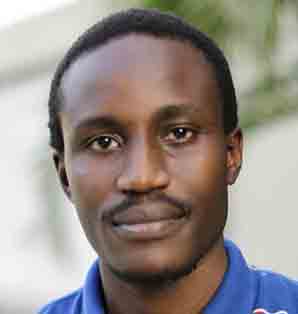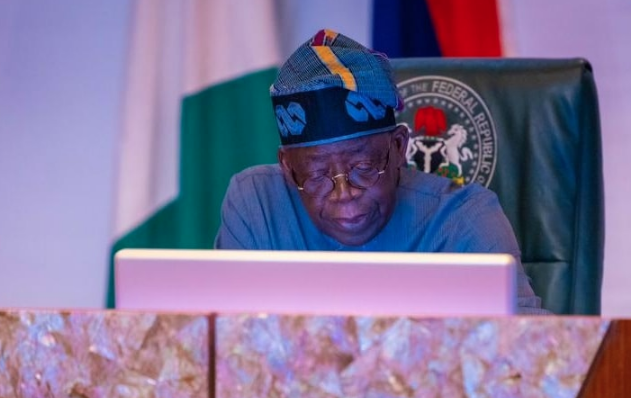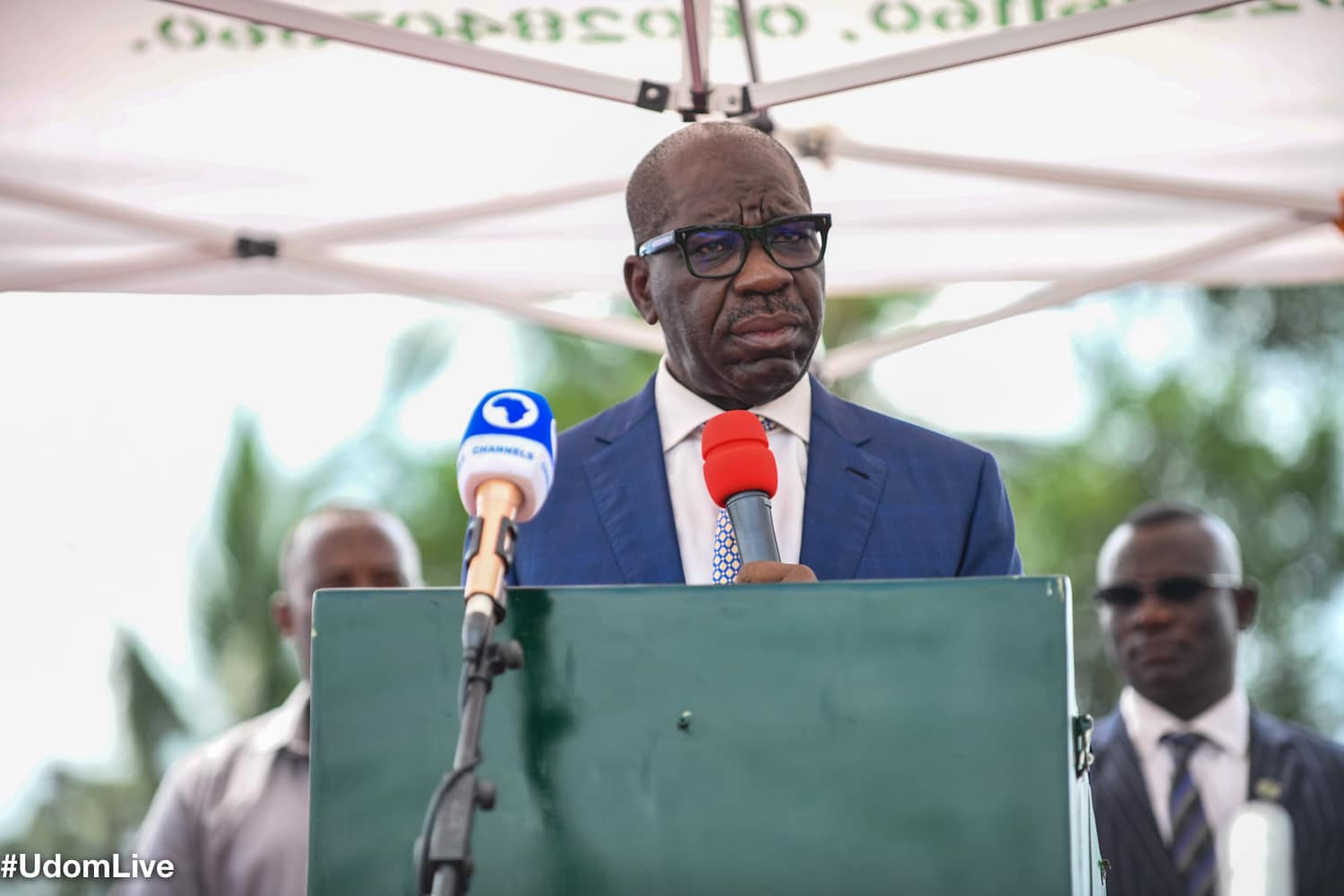Nigeria’s power sector happens to be one of the knottiest sectors of the economy, daily driving consumers and administrators to despair. Electricity in the 21st century is something that has come to be taken for granted in many parts of the world, and yet here we are in Nigeria seemingly unable to figure it out. For millions of Nigerians, understandably, all that is seen and felt is a general oppressive failure – interminable blackouts, recurring news of the electricity grid collapsing, and the steep costs of alternative fueling.
And yet, if one looks a bit more dispassionately, encouraging signs of progress can be seen here and there. One example: Two years ago, I went in search of grid collapse data in Nigeria, and found some interesting data: Nigeria had gone from 42 grid collapses (total and partial) in 2010, to 10 in 2015, and 4 each in 2020 and 2021, and 3 in 2023. In between, a couple of spikes, like 2016 that saw 28, and 2022 that had 6 (up from 4 the previous year), but on the whole, the trend has been an impressively-declining one, suggesting increasing levels of grid stability.
Recently, the Transmission Company of Nigeria (TCN) put out a statement highlighting that 2020 to date has seen 76 percent less “grid disturbances” than 2015 to 2019. This data is necessary, not for the purpose of premature or bar-lowering celebration, or for silencing public discontent, but instead for (valuable and necessary) context; for addition to the all-important debate about what direction we’re headed in, regarding our power sector.
Even as the sector remains a long way from where it should be, we should at any point in time be able to assess data to see whether we’re headed in the right direction or not. The grid disturbance data trend certainly gives cause for some optimism. I firmly believe that optimism is always needed to energize the collective search for lasting solutions. Nigeria cannot at any time afford despondency.
Advertisement
This increasing stability of the grid can be explained: the outcome of a series of ongoing interventions targeted at expanding grid capacity and stability. One of the more recent ones is the Presidential Power Initiative (PPI), also known as the Siemens program, a government-to-government partnership between Germany and Nigeria, with Siemens as the technical/engineering partner.
Launched just before Covid hit, the pandemic slowed it down quite a bit, necessitating a significant extension of the timeline, but the project remains well on course, with five “workstreams” in its scope: Transmission, Distribution, Network Simulation, Meter Data Management, and Training / Capacity Building. The 10 ‘mega-transformers’ and 10 mobile substations that were ordered in 2021 for the first phase of implementation have since been delivered and are being installed at various sites across the country. Minister of Power, Bayo Adelabu formally inaugurated completed installations at five sites in February 2024, and another two at the start of May.
Another point that cannot be ignored is the work going into increasing generation capacity. Very soon, the brand-new Zungeru Hydropower Plant, completed in 2023, will start delivering electricity consistently to the national grid. 700MW of power, making it the second biggest hydropower plant in the country, and the biggest single investment in generation in at least three decades. It has already been concessioned and handed over to the private sector operator that will run it for the next thirty years. 700MW will make a significant difference when it comes on-stream, joining a host of smaller plants recently completed (privately and publicly owned), like Geometric in Abia, Kashimbila in Taraba, Challawa Solar in Kano, and Gurara in Kaduna.
Advertisement
Much of what I’ve touched on above is focused on “infrastructure” or “engineering”– the hardware of the power sector. The towering elephant in the room however happens to lie in a different but interlinked area: the flow of money through the sector; the “economics”. This is the part that’s invisible to most people, unlike the substations and the transformers and meters and power lines, etc. And yet this flow of money is the most important element, the one needed to enable the infrastructure to deliver a consistent, sustainable, enduring flow of electricity.
And this is where Nigeria’s biggest challenges lie. The DisCos need money to run, and to pay the GenCos that supply them with electricity. The GenCos also need money to run, and to pay the suppliers of the fuel that power the generating plants – gas (thermal stations), and water (hydropower stations). To put it in the simplest possible way, the industry cannot exist in the absence of a guarantee of an unbroken flow of money from the end-users – homes, offices, industries – all the way to the suppliers of the fuels.
The Federal Government says that at the start of 2024, it was compelled to provide subsidies amounting to 90 percent of the monthly amount due to be paid by the DisCos to the GenCos. This subsidy came to over 210 billion Naira monthly, and by the end of 2024 would have added up to around 2.5 Trillion Naira, for the year. It is mind-boggling that Nigeria’s DisCos are only able to collect, on the average, 10 percent of the electricity they sell (some DisCos are definitely much more commercially efficient than others). There are various reasons of course.
The Federal Government says that the cost per unit of electricity in Nigeria is too low, and unable to sustain commercial operations. The solution to this is to raise prices, which is what was recently done—but specifically for Band A consumers – the roughly 15 percent of consumers who the government says are most financially able to pay non-subsidized rates (and who in 2023 accounted for about 70 percent of all revenues collected by DisCos), in exchange for a minimum of 20 hours of electricity per day. The Government says this increase has helped halve the subsidy being paid, pushing the market closer to being self-sustaining. (There’s evidently a conundrum here: citizens say give us more power and we will pay for it; government says you need to pay more to enjoy more).
Advertisement
At the moment, also, the DisCos experience significant technical and commercial losses – this simply means that quite a bit of electricity is lost in the process of delivering it to consumers, due to bad/aging/inadequate equipment, and also due to gaps and failures in metering, which allow electricity to be consumed without being paid for. Of the 12 million electricity points that should be metered in Nigeria today, only about 5 million are currently metered, according to government data. That leaves over 6 million points where there’s no accurate way of measuring consumption and therefore imposing requisite payment. The solution here is obviously to close that metering gap, hence the planned rollout of a new, aggressive metering initiative. (The last one delivered just under a million new meters, not insignificant, but still well below target).
Another big challenge is the historical debts being owed the fuel suppliers, especially the gas companies. Estimates I’ve seen classify this debt into two categories, a pre-2014 debt of $1.3 Billion owed gas suppliers, and a more recent debt of 1.3 Trillion Naira collectively owed GenCos and gas suppliers.
All of these lead to a point that cannot be overstressed, which is that the issues in the electricity supply industry are complex (i.e., consisting of many different parts connected in complicated ways), and also that there’s no magic wand to be waved for solutions. The only feasible solutions lie in the following: clearing the backlog of debt; getting more money flowing into and through the system, to unlock more fuel (gas especially); getting more meters installed, to reduce collection losses; and investing in the power grid, so that collapses can dwindle to zero, and more electricity can be consistently delivered to consumers.
Not to forget this one: decentralizing the sector so that State Governments can step up to play bigger roles in incentivizing investment and regulating performance. Thankfully the groundwork for that has already been laid, with constitutional amendment assented to by President Buhari in March 2023, and President Tinubu’s Electricity Reform Act. Already Ekiti and Enugu States have taken advantage of the greater autonomy now available, establishing subnational regulators to which the Nigerian Electricity Regulatory Commission (NERC) has recently transferred oversight authority.
Advertisement
Decentralizing also means focusing more on off-grid solutions—basically taking some demand pressure off the grid, which is where agencies like the Rural Electrification Agency (REA) and the National Agency for Science and Engineering Infrastructure (NASENI) come in, with efforts in the provision of renewable energy. The Federal Government might also want to consider a scheme that allows subsidized access to solar panels and batteries, to encourage greater uptake by Nigerians.
To close, there is no miracle to be done or expected outside of what I’ve outlined above. It is hard, painful work – there’s no doubt in my mind that the position of Power Minister is among the toughest to occupy in the President’s Cabinet. I would hesitate to recommend it to anyone. It is probably the sector that the public understands the least, but feels its impact the most. Which means that they expect snap-of-the-finger results, whereas reality prescribes a complex interplay of factors that will take time to yield results, and are not all within a single official’s purview or mandate. (Gas, for example, lies in a different Ministry altogether, as does the responsibility for finding the money to pay legacy debt).
Advertisement
I will end as I started, by acknowledging the despair that many face, and the questions as to whether Nigeria will ever break this jinx of familiar darkness. I think we definitely can, and will, eventually, but it won’t happen without some hard decisions, old-fashioned resoluteness, greater public understanding (which means better government communication), and an openness to being boldly creative about our approaches to the problems—knowing that Nigeria’s path to success may very well lie in realms quite different from the experiences and models of other countries.
Ogunlesi writes from Abuja, Nigeria.
Advertisement
Views expressed by contributors are strictly personal and not of TheCable.







